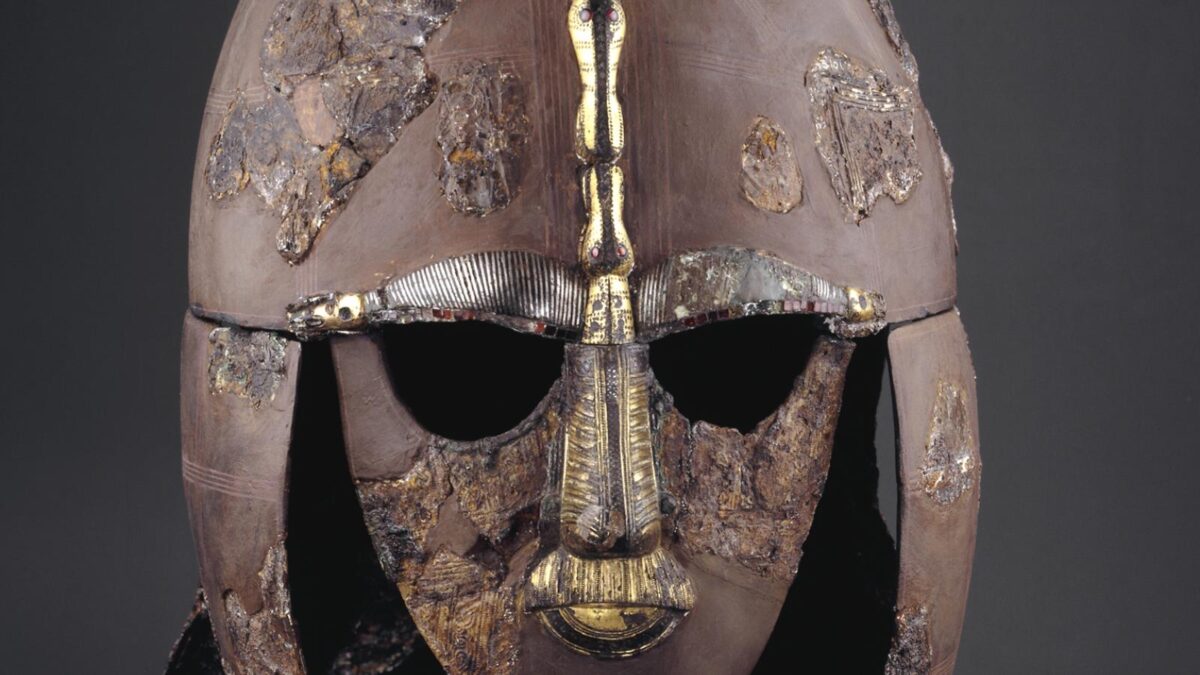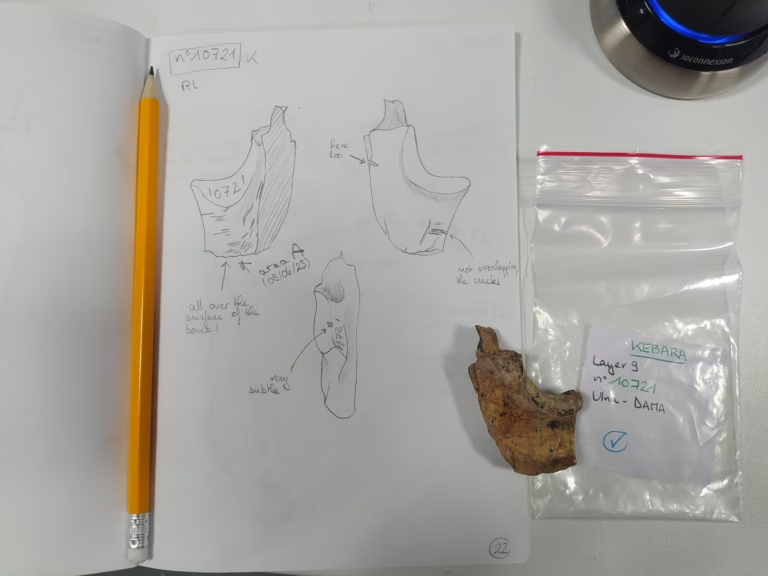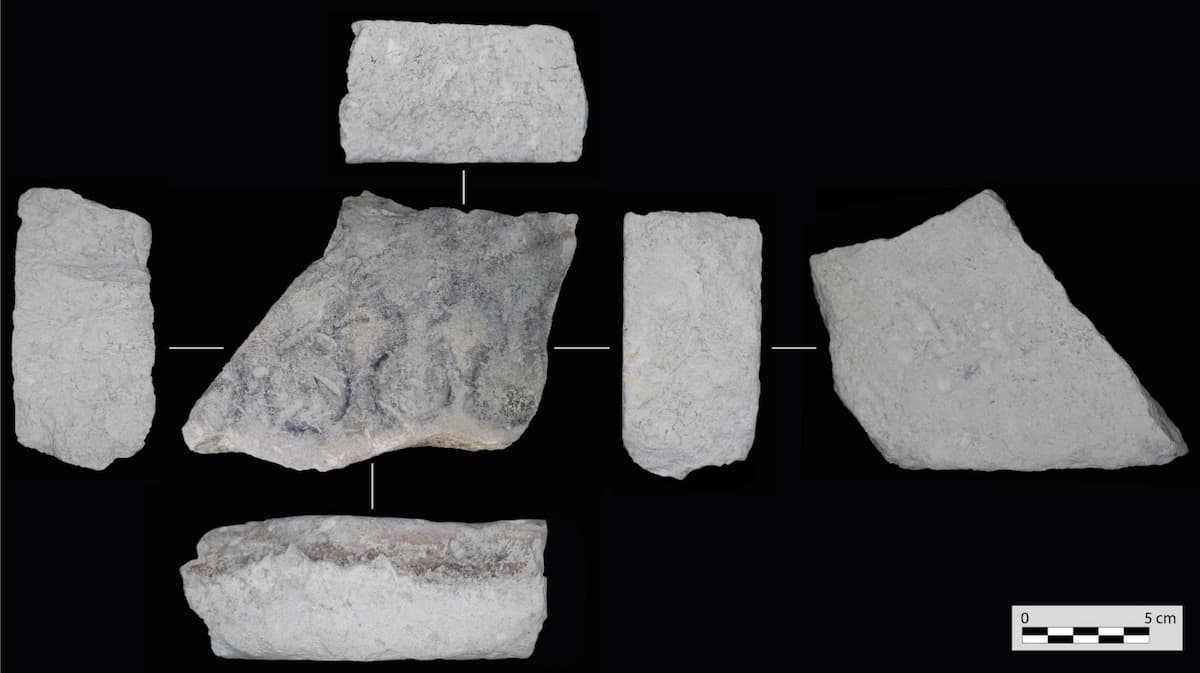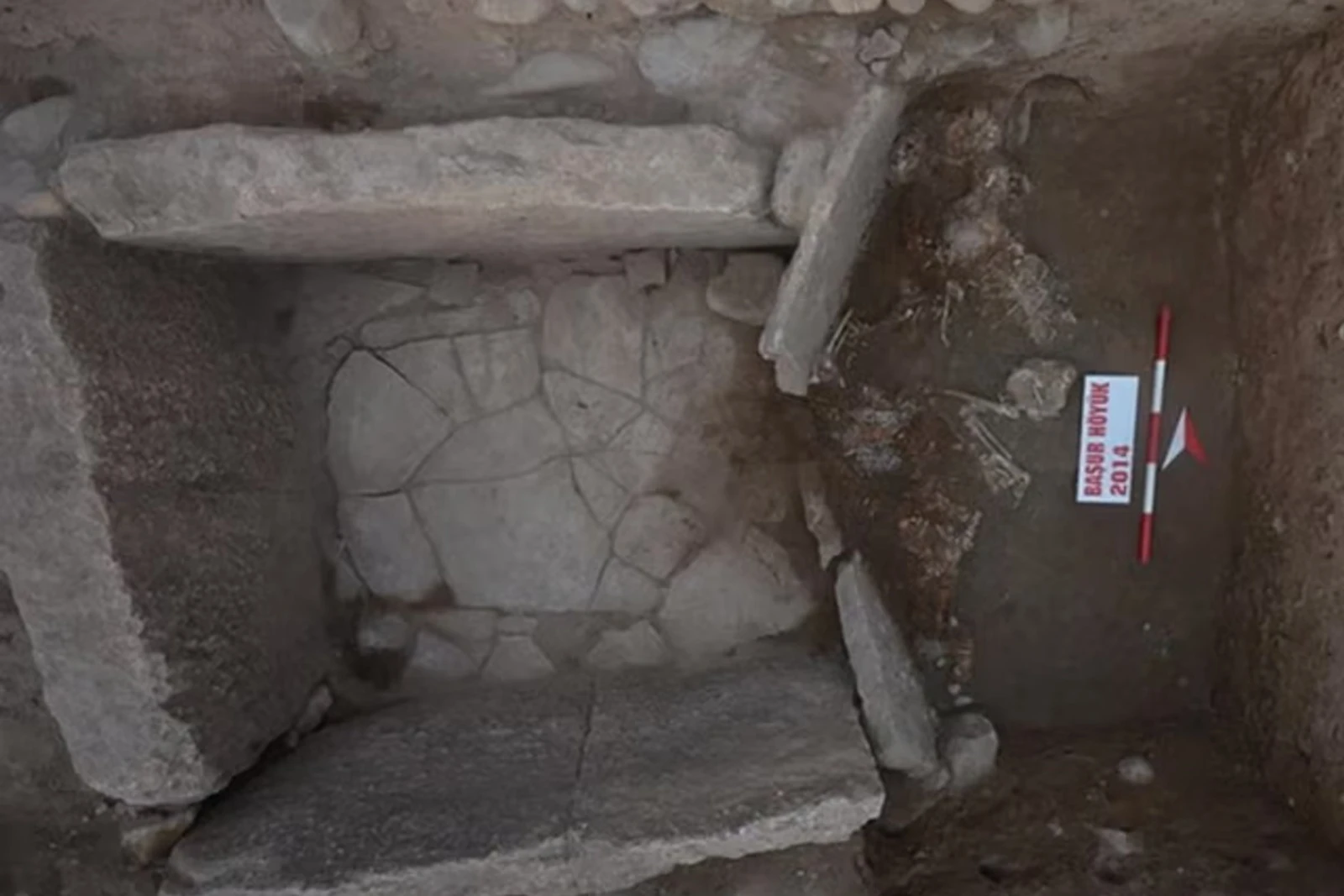A recent discovery on the Danish island of Tåsinge is overturning long-held theories about the origins of the Sutton Hoo helmet, one of the most prized treasures of Anglo-Saxon history. A small metal stamp (“patrice”) found by a metal detectorist bears striking similarities to motifs found on the helmet, suggesting this iconic artifact may have been crafted in Denmark rather than Sweden.
The Sutton Hoo helmet, also known as the “British Tutankhamun,” was unearthed in 1939 in an archaeological excavation in Suffolk, England, buried in the early 7th century as part of a royal ship burial, possibly belonging to King Raedwald of East Anglia. For decades, historians have attributed its origins to Uppland, Sweden, where similar helmet motifs featuring mounted warriors have been found.
However, the recent find in Tåsinge has prompted experts to reconsider this narrative. The newly found patrice, measuring just 5 cm by 4 cm, showcases a motif of a mounted warrior that closely resembles one on the Sutton Hoo helmet. Peter Pentz, a curator at the National Museum of Denmark, noted that details on the Tåsinge stamp, such as the warrior’s wrist cuff and the horse’s harness, align more closely with the Sutton Hoo design than with Swedish counterparts.
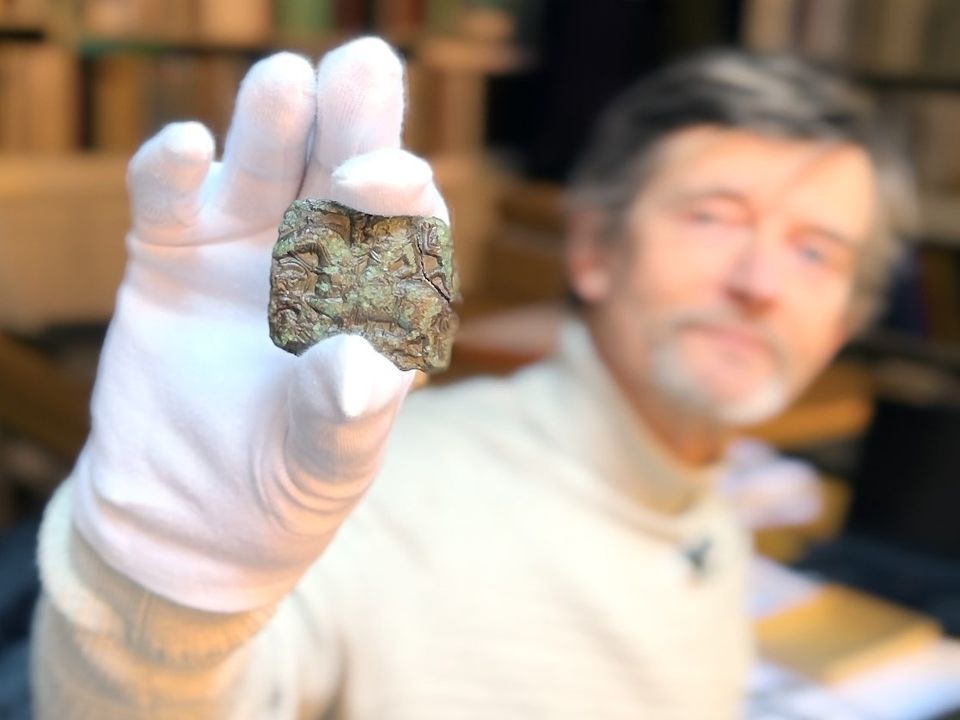
Pentz emphasized the potential implications of this discovery, stating, “If the Sutton Hoo helmet is indeed proven to have originated from Denmark, it could significantly alter our understanding of the power dynamics in Northern Europe during the 7th century.” This challenges the long-held belief that Denmark played a peripheral role during this period, suggesting instead that it may have been a central power influencing regions like England and Sweden.
The Tåsinge find not only raises questions about the helmet’s origins but also hints at a possible Danish metalworking tradition in the 7th century. The area has yielded other metal scraps, indicating it may have been home to a workshop capable of producing such intricate designs.
As researchers continue to analyze the similarities between the Tåsinge patrice and the Sutton Hoo helmet, including plans for 3D scanning, the implications of this discovery could reshape our understanding of the cultural and political landscape of early medieval Europe. The stamp will be exhibited at the National Museum of Denmark starting April 1, inviting further exploration into this fascinating chapter of history.
In conclusion, the Tåsinge discovery not only challenges previous assumptions about the Sutton Hoo helmet’s origins but also opens up new avenues for understanding the interconnectedness of early medieval societies in Northern Europe. As experts delve deeper into this find, the narrative of the Sutton Hoo helmet may evolve, revealing a more complex picture of power and craftsmanship in the 7th century.
Cover Image Credit: The British Museum
